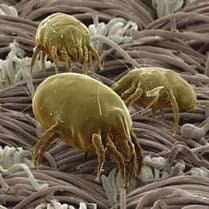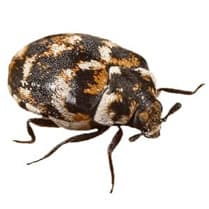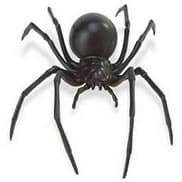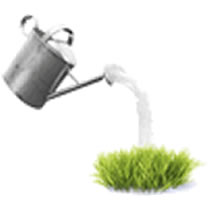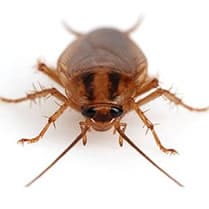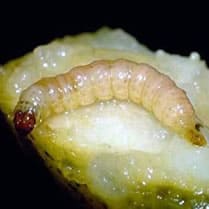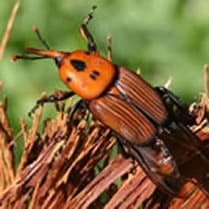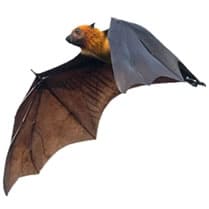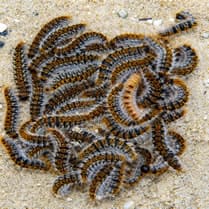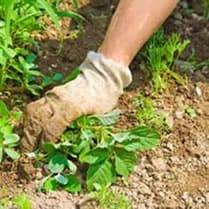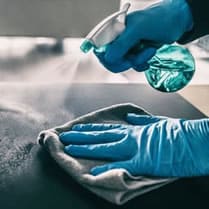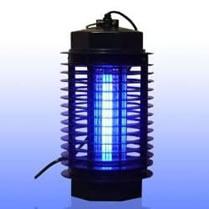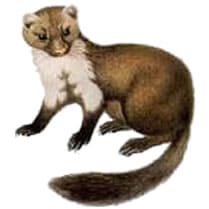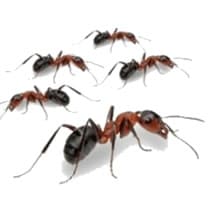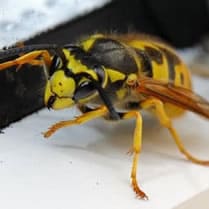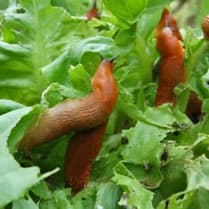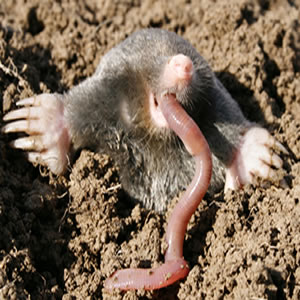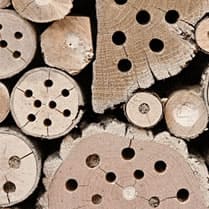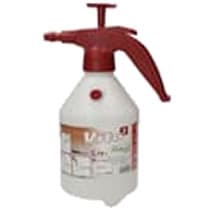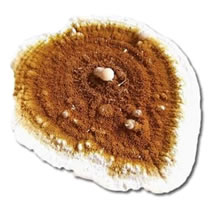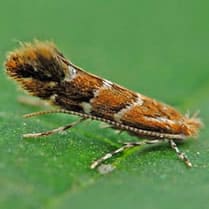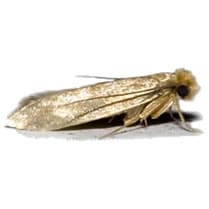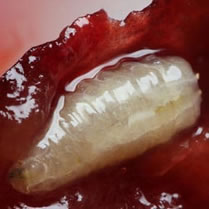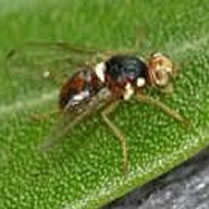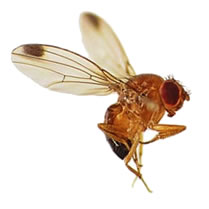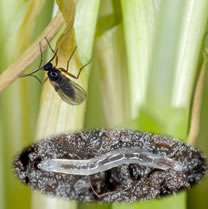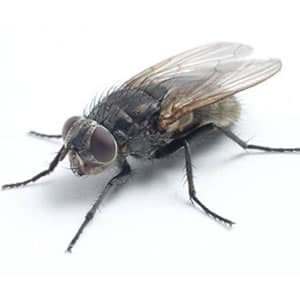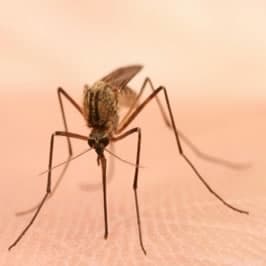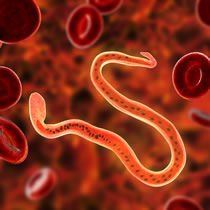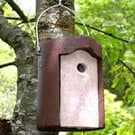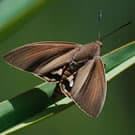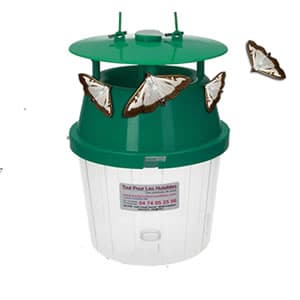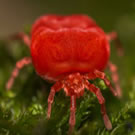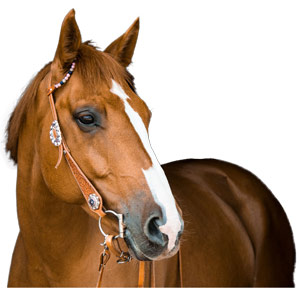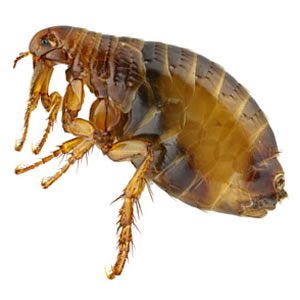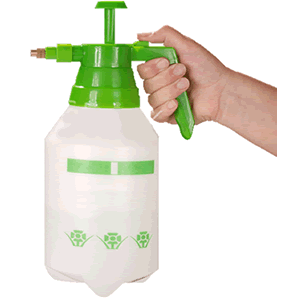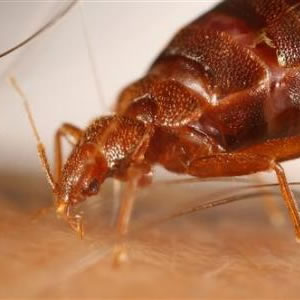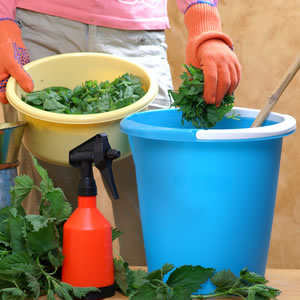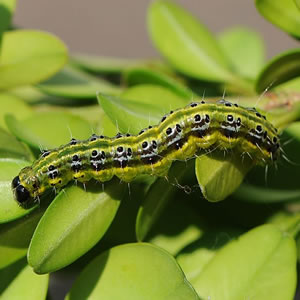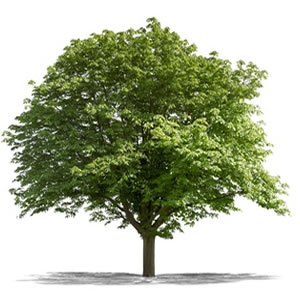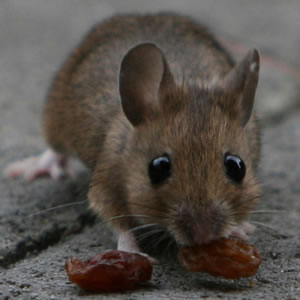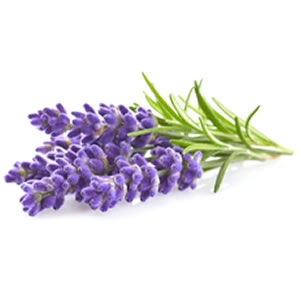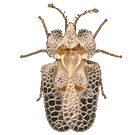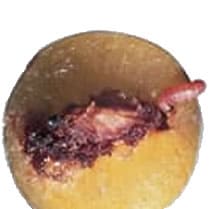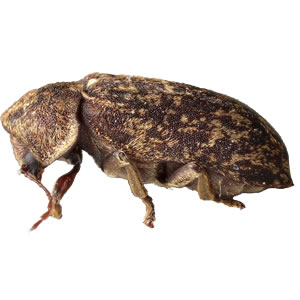- Free delivery
- Oak caterpillar
- Presentation
- Formulation Gel - Cryptobiose
- Legal Notice
- Deliveries
- The main useful nematodes
-
Target pests
- Thrips
- Palm Butterfly (Paysandisia archon)
- The red weevil (Palm tree)
- Soil flies
- The ants
- Box tree moth
- Cutworm - cutworm caterpillars
- crane fly larvae
- The cutters
- White grubs, cockchafers
- Otiorhynchus
- Colorado potato beetle
- The plane tree tiger
- fruit codling moth
- mosquito larvae
- root aphid
- Slugs and snails
- The pear tiger - Stephanitis piri
- Tomato leaf miner
- Agave weevil
- Peach tree capnode
- Zeuzère of the fruit trees
- A little history ...
- Terms of Sales
- Contact us
- Professionnal work place
- Other pests
-
![ACA - Acarien.info, products against mites]() Acariens Acarien.info, products against mites
Acariens Acarien.info, products against mites -
![ANT - Acarien.info, products against mites]() Anthrène des tapis Acarien.info, products against mites
Anthrène des tapis Acarien.info, products against mites -
![ARA - Acarien.info, products against mites]() Araignee Acarien.info, products against mites
Araignee Acarien.info, products against mites -
![ARE - Acarien.info, products against mites]() Arrosage écologique Acarien.info, products against mites
Arrosage écologique Acarien.info, products against mites -
![CAF - Acarien.info, products against mites]() Cafards et Blattes Acarien.info, products against mites
Cafards et Blattes Acarien.info, products against mites -
![CAR - Acarien.info, products against mites]() Carpocapse (vers des fruits) Acarien.info, products against mites
Carpocapse (vers des fruits) Acarien.info, products against mites -
![CRO - Acarien.info, products against mites]() Charancon rouge du palmier Acarien.info, products against mites
Charancon rouge du palmier Acarien.info, products against mites -
![CHI - Acarien.info, products against mites]() Chats-Chiens Acarien.info, products against mites
Chats-Chiens Acarien.info, products against mites -
![LCV - Acarien.info, products against mites]() Chauve souris Acarien.info, products against mites
Chauve souris Acarien.info, products against mites -
![CHE - Acarien.info, products against mites]() Chenille Processionnaire Acarien.info, products against mites
Chenille Processionnaire Acarien.info, products against mites -
![DES - Acarien.info, products against mites]() Desherbage Acarien.info, products against mites
Desherbage Acarien.info, products against mites -
![DVB - Acarien.info, products against mites]() Désinfection-Virus-Bacterie Acarien.info, products against mites
Désinfection-Virus-Bacterie Acarien.info, products against mites -
![DIU - Acarien.info, products against mites]() Destructeur Insectes UV Acarien.info, products against mites
Destructeur Insectes UV Acarien.info, products against mites -
![EPI - Acarien.info, products against mites]() Equipement Protection Individuelle Acarien.info, products against mites
Equipement Protection Individuelle Acarien.info, products against mites -
![FNE - Acarien.info, products against mites]() Fouines Acarien.info, products against mites
Fouines Acarien.info, products against mites -
![FOU - Acarien.info, products against mites]() Fourmis Acarien.info, products against mites
Fourmis Acarien.info, products against mites -
![GUE - Acarien.info, products against mites]() Guêpes - Frelons Asiatique Acarien.info, products against mites
Guêpes - Frelons Asiatique Acarien.info, products against mites -
![ENG - Acarien.info, products against mites]() Les Engrais Acarien.info, products against mites
Les Engrais Acarien.info, products against mites -
![LIM - Acarien.info, products against mites]() Limaces Acarien.info, products against mites
Limaces Acarien.info, products against mites -
![TAU - Acarien.info, products against mites]() Lyon Taupe Acarien.info, products against mites
Lyon Taupe Acarien.info, products against mites -
![INS - Acarien.info, products against mites]() Maisons Insectes Acarien.info, products against mites
Maisons Insectes Acarien.info, products against mites -
![MAT - Acarien.info, products against mites]() Materiel de traitement Acarien.info, products against mites
Materiel de traitement Acarien.info, products against mites -
![MEP - Acarien.info, products against mites]() Mérule Acarien.info, products against mites
Mérule Acarien.info, products against mites -
![MIN - Acarien.info, products against mites]() Mineuse du Marronnier Acarien.info, products against mites
Mineuse du Marronnier Acarien.info, products against mites -
![MIT - Acarien.info, products against mites]() Mites des Vêtements - Alimentaire Acarien.info, products against mites
Mites des Vêtements - Alimentaire Acarien.info, products against mites -
![MOC - Acarien.info, products against mites]() Mouche cerise Acarien.info, products against mites
Mouche cerise Acarien.info, products against mites -
![OLI - Acarien.info, products against mites]() Mouche de l olive Acarien.info, products against mites
Mouche de l olive Acarien.info, products against mites -
![SUZ - Acarien.info, products against mites]() Mouche suzukii Acarien.info, products against mites
Mouche suzukii Acarien.info, products against mites -
![MDT - Acarien.info, products against mites]() Mouche-du-terreau Acarien.info, products against mites
Mouche-du-terreau Acarien.info, products against mites -
![MOU - Acarien.info, products against mites]() Mouches Acarien.info, products against mites
Mouches Acarien.info, products against mites -
![MTQ - Acarien.info, products against mites]() Moustique Acarien.info, products against mites
Moustique Acarien.info, products against mites -
![NEM - Acarien.info, products against mites]() Nématodes Acarien.info, products against mites
Nématodes Acarien.info, products against mites -
![NIC - Acarien.info, products against mites]() Nichoirs et Abris Acarien.info, products against mites
Nichoirs et Abris Acarien.info, products against mites -
![PAL - Acarien.info, products against mites]() palmiers Acarien.info, products against mites
palmiers Acarien.info, products against mites -
![PAY - Acarien.info, products against mites]() Papillon du palmier Acarien.info, products against mites
Papillon du palmier Acarien.info, products against mites -
![PHE - Acarien.info, products against mites]() Phéromone bio Acarien.info, products against mites
Phéromone bio Acarien.info, products against mites -
![PGE - Acarien.info, products against mites]() Pigeon Acarien.info, products against mites
Pigeon Acarien.info, products against mites -
![POU - Acarien.info, products against mites]() Poux rouges du Poulailler Acarien.info, products against mites
Poux rouges du Poulailler Acarien.info, products against mites -
![PDC - Acarien.info, products against mites]() Protection du cheval Acarien.info, products against mites
Protection du cheval Acarien.info, products against mites -
![PCR - Acarien.info, products against mites]() Pucerons Acarien.info, products against mites
Pucerons Acarien.info, products against mites -
![PUC - Acarien.info, products against mites]() Puces Acarien.info, products against mites
Puces Acarien.info, products against mites -
![PUL - Acarien.info, products against mites]() Pulvérisateur Acarien.info, products against mites
Pulvérisateur Acarien.info, products against mites -
![PUN - Acarien.info, products against mites]() Punaise de Lit Acarien.info, products against mites
Punaise de Lit Acarien.info, products against mites -
![PUR - Acarien.info, products against mites]() Purin Acarien.info, products against mites
Purin Acarien.info, products against mites -
![PYR - Acarien.info, products against mites]() Pyrale du buis Acarien.info, products against mites
Pyrale du buis Acarien.info, products against mites -
![SER - Acarien.info, products against mites]() Serpents Acarien.info, products against mites
Serpents Acarien.info, products against mites -
![SDA - Acarien.info, products against mites]() Soin des arbres Acarien.info, products against mites
Soin des arbres Acarien.info, products against mites -
![SDV - Acarien.info, products against mites]() Soin des végétaux Acarien.info, products against mites
Soin des végétaux Acarien.info, products against mites -
![SOU - Acarien.info, products against mites]() Souris - Rat - Campagnol - Rongeur Acarien.info, products against mites
Souris - Rat - Campagnol - Rongeur Acarien.info, products against mites -
![STO - Acarien.info, products against mites]() Stop Odeur Acarien.info, products against mites
Stop Odeur Acarien.info, products against mites -
![TIG - Acarien.info, products against mites]() Tigre du Platane Acarien.info, products against mites
Tigre du Platane Acarien.info, products against mites -
![CPT - Acarien.info, products against mites]() Tout Pour Le Compost Acarien.info, products against mites
Tout Pour Le Compost Acarien.info, products against mites -
![TPG - Acarien.info, products against mites]() Tout Pour Mon Gazon Acarien.info, products against mites
Tout Pour Mon Gazon Acarien.info, products against mites -
![PRU - Acarien.info, products against mites]() Ver de la prune Acarien.info, products against mites
Ver de la prune Acarien.info, products against mites -
![VRI - Acarien.info, products against mites]() Vrillette Acarien.info, products against mites
Vrillette Acarien.info, products against mites
-
The red weevil (Rhynchophorus ferrugineus)
The red weevil (Rhynchophorus ferrugineus) is an insect pest that attacks palm trees, including date palms, phoenix palms and Washingtonia palms. Originally from Southeast Asia, it has now spread to many parts of the world, including Europe, Africa, and North America.
The red weevil has a cylindrical body of reddish color, measuring from 2 to 5 cm in length. Adults have an elongated, curved snout, which allows them to pierce the base of palm leaves to lay their eggs. The larvae feed on the internal tissues of palm trees, causing significant damage to palm trees, including palm death.
The biology of the red weevil is complex. The females lay their eggs at the base of palm leaves. The larvae hatch after about two weeks and feed on the internal tissues of palm trees for several months. The larvae reach a size of 5 to 6 cm before turning into pupae. The nymphs then mature into adults, which emerge from the palms to mate and lay new eggs.
The life cycle of the red weevil can last from one to two years, depending on environmental conditions. The larvae are the most destructive to palms, as they burrow into the internal tissues of the palms, robbing them of their sap and weakening them considerably.
Red weevil control can be difficult as the larvae hide inside palm trees and are often difficult to detect. However, signs of an infestation can include leaves that wilt, dry out, and drop prematurely, as well as holes in the base of palm leaves.
To control the red weevil, it is recommended to put in place preventive measures such as regular inspection of palm trees for signs of infestation and prompt removal of infected palms. Biological control methods, such as the use of nematodes or natural parasites, can also be effective in controlling red weevil larvae in a sustainable and environmentally friendly way.


